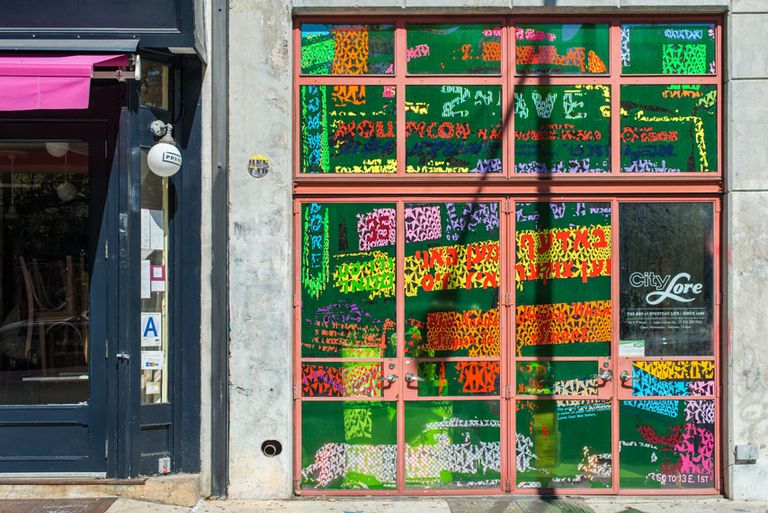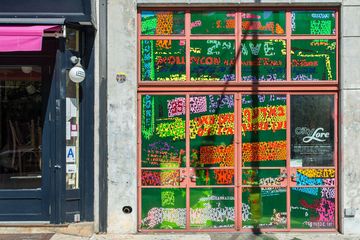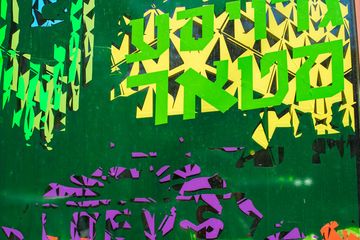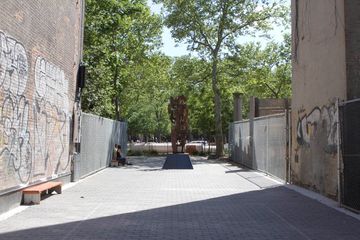
As described by the organization’s tagline and by its founder, Steve Zeitlin, City Lore focuses on “the art of everyday life.” Through the decades, it has devoted itself to “preserving New York City’s — and America’s — living cultural heritage” by starting or funding a range of educational, artistic, and folk projects. Though City Lore has had a particularly strong presence in the East Village, where it is headquartered, it arranges events throughout New York to promote all that this amazing city has to offer.
City Lore emerged from Steve’s own core belief that “the true value in life is the artistry that people share, the individualistic family cultures that define who we are.” The fascination with how one shapes their reality or “essentially build a self” led him to study folklore and eventually get his PhD in the subject. Steve gravitated toward the Smithsonian in the 1970s and wound up working for the institute’s Center for Folklife and Cultural Heritage, where he launched his first projects on compiling, preserving, and celebrating personal histories.
Upon moving to New York in 1981, Steve, his wife, Amanda Dargan, and other folklore scholars were seeking ways to “tap into the heart and soul of the city.” They discovered that many older residents still had vivid memories of the games they played as children during the Great Depression, such as using rubber tires, fire hydrants, and anything else they could scavenge to entertain themselves.
The team became engrossed with the concept of “using the city itself as a game board,” which evolved into a photography series of urban graffiti — described by Steve as “a form of kids’ play that grew out of tagging the schoolyard walls.” These early projects led to the official start of City Lore as New York’s self-professed “museum without walls.”
Today, City Lore works to educate the public on diverse cultures and art, share grassroots poetry and performances with local communities, and keep a record of the places that matter most to New Yorkers. It also sponsors others who are passionate about highlighting the “great aspects of our culture that go overlooked.” Steve recognizes that maintaining this living archive of a city as vast and changeable as New York may be a utopian endeavor, but he continues the tireless task of making sure that “folk art that is being ignored doesn’t slip through the cracks.”




